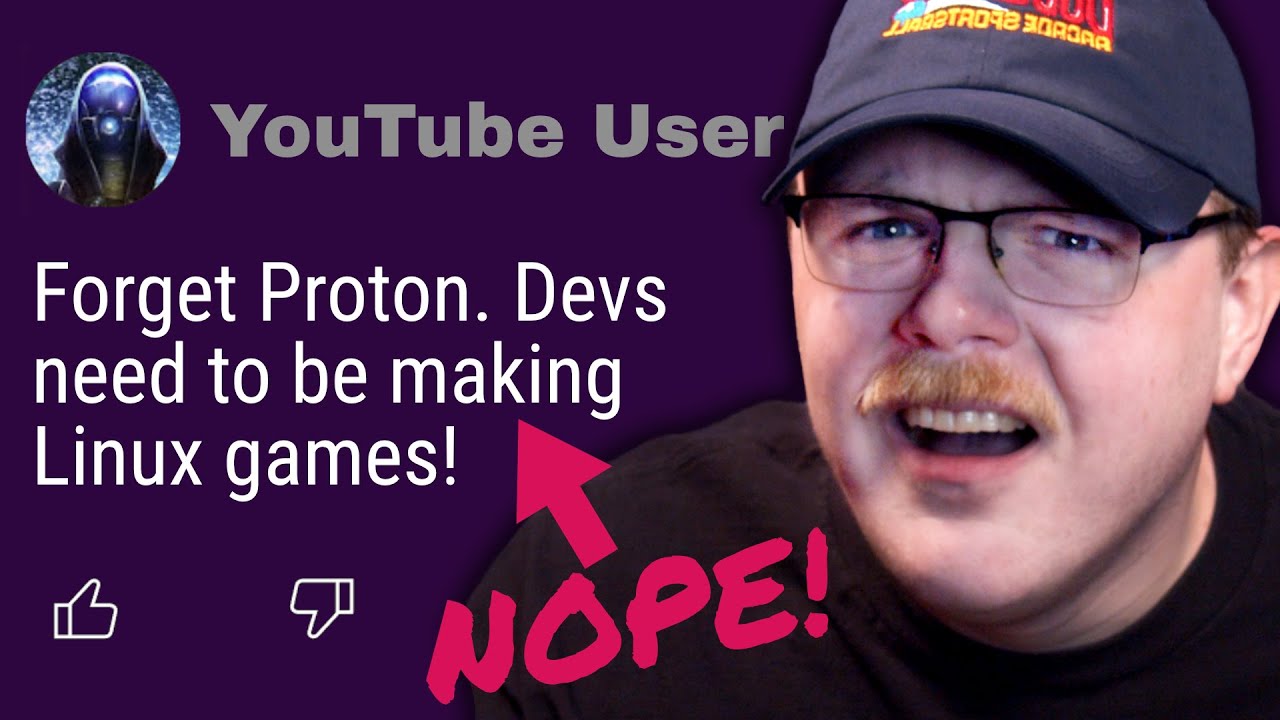- cross-posted to:
- steamdeck@sopuli.xyz
- cross-posted to:
- steamdeck@sopuli.xyz
YouTube video: https://youtu.be/uScsmjvdwyo
Invidious video from YouTube without YouTube: https://inv.nadeko.net/watch?v=uScsmjvdwyo or https://invidious.nerdvpn.de/watch?v=uScsmjvdwyo
PeerTube, alternative video hosting platform based on Fediverse: https://subscribeto.me/w/isv3e2tfTJyGeAT6RRSR6M
Video description:
It’s clear there are some people who don’t understand Proton. So let’s talk about it. #Proton #SteamPlay #CompatibilityLayer
00:00 Introduction
00:41 The basics of a computer
01:46 What Proton is not
03:04 What is an emulator
04:32 Proton acts like a map
05:25 Proton translates API and system calls
06:18 Proton provides a Windows-like software environment
06:55 Why are some games incompatible?
08:52 Shouldn't we demand native Linux games?
11:07 Conclusion



I think a huge reason for this is how fragmented the linux ecosystem is.
A hundred ways to do simple things and even mundane things are suggested as “You can’t do X with tool X easily. Just install package Y instead because it can also do it”
But now you have another program installed.
Also some parts of linux have much drama around it (https://www.phoronix.com/news/Bcachefs-Fixes-Two-Choices). This adds uncertainty.
This is irrelevant with Steam though. Steam offers a runtime with preconfigured versions of everything that is needed to give the devs a consistent environment for their games to run no matter how fragmented the linux install base might be. This runtime is also what proton uses for ship its different versions.
It’s because the devs just aren’t testing their Linux build. If they at least had a steam deck and made sure it ran there, the community would figure everything else out on their own.